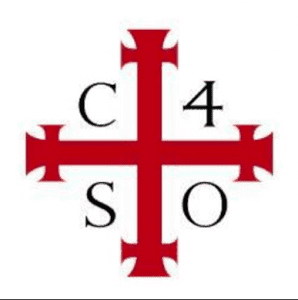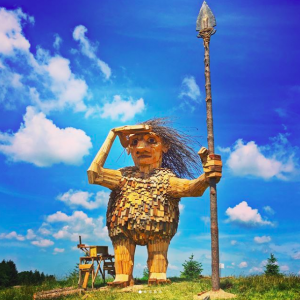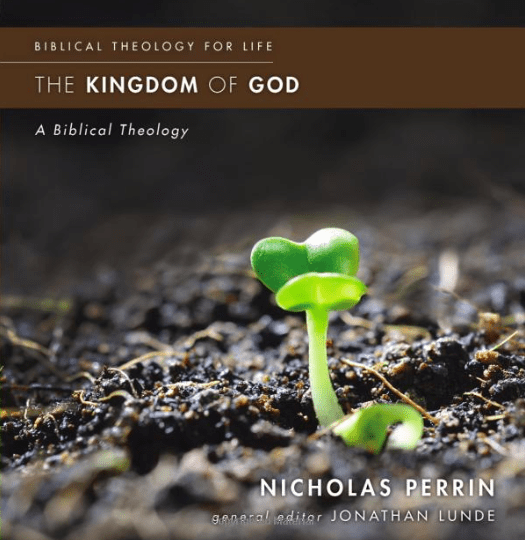 Something happened in the churches of America in the 1930s and 1940s, and that something has changed the church dramatically. It has changed society and our social perceptions.
Something happened in the churches of America in the 1930s and 1940s, and that something has changed the church dramatically. It has changed society and our social perceptions.
That something is what Thomas Bergler calls the “juvenilization” of the church. In his new book, The Juvenilization of American Christianity, Bergler maps how in the wake of WWI, the Great Depression, and WWII, American leaders became convinced that the key to the future was the youth. [I don’t know the history of youth ministry well, but if someone knows what youth ministry was like in the 19th or 18th centuries here, speak up.]
Unemployment, lack of high school education, the fanaticism of Hitler’s youth movement … the rise of communism and facism … and something had to be done, and the place to begin was with the youth. What needed to be done? Educate them and convert them, and this would make them both Christian and American.
Do you hear the appeal to youth to save the next generation? Are politics and Christianity tied in your youth ministries? Do youth feel the weight of saving civilization today?
Mainliners saw the future in social action; evangelicals in spiritual conversion; African American Baptists in eliminating segregation; and the Roman Catholics in a philosophy of life that was both Catholic and American. Each of these groups focused on implementing their visions among their youth, and the whole of American society was on board with the need to work with the youth to save civilization. Bergler’s book is tidy, and so he sketches each of these groups’ action:
1. Mainliners, and here he focuses on the Methodists who focused both on winning people to Christ and on a “Christian social order.” That order would be democratic and politically progressive, and their leaders — Blaine Kirkpatrick and Owen Greer — turned a generation of Methodists into social activists for causes that transcended the American way just as it was rooted in democratic, Western, liberal ideals. So they saw problems in capitalism and racism and war.
2. Evangelicalism created Youth for Christ, the Billy Graham Evangelistic Association, and had rallies — rallies that combined spiritual fervor and the American Way (which meant support for the government, much to the dismay of the Christian Century). Names: Torrey Johnson, Jack Wyrtzen, and eventually Billy Graham. Over a million youth were gathered on Saturday evenings across the USA for rallies — and these charted the future for the church and society. Johnson claimed it was 100% religious but it has now become more than obvious that life isn’t that simple.
3. Catholics … the issue was how to accomplish this: by keeping youth Catholic, by making them better Americans, or by mobilizing them to create a society based on Catholic social teachings. National youth programs were established throughout the nation in Catholic churches. Some were more progressive (Bishop Bernard Sheil) and others less so (Monsignor Reynold Hildebrand).
4. African American Baptists did not segregate their youth from their adults, so their approach was intergenerational (and this is explored by Bergler), and neither did the AfrAmerican Baptists see the problem as much to be a youth problem … but they still focused with energies on training the youth in both spiritual conversion, Christian living, and social action.
Here’s the upload folks: “In the name of saving civilization by saving young people, Christian youth leaders juvenilized Christian political action and social concern.” That is, the youth were radicalized, the youth were seen as the idea social activists, and the future was placed on the shoulders of the youth. This meant, inevitably, that the “with it” adults and those who wanted to be part of the action, had to become like the youth.










